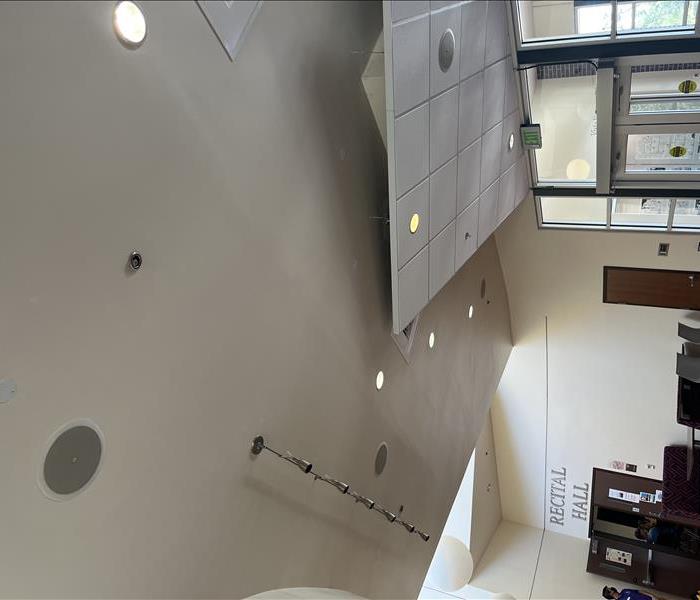Identifying Black Mold: What It Looks Like and How to Spot It
7/10/2024 (Permalink)
 We explore the appearance of black mold and provide tips on how to identify it in your home or business.
We explore the appearance of black mold and provide tips on how to identify it in your home or business.
Black mold, also known as Stachybotrys chartarum, is a type of mold that can grow indoors under the right conditions. While the term "black mold" often evokes concern, it's essential to understand what black mold looks like and how to distinguish it from other types of mold. In this blog post, we'll explore the appearance of black mold and provide tips on how to identify it in your home or business.
Understanding Black Mold:
Appearance:
Black mold typically appears as slimy or powdery black spots on surfaces. It may also have a greenish-black or grayish-black hue. While the color can vary slightly depending on environmental factors, black mold is generally darker in appearance compared to other types of mold.
Texture:
Black mold often has a slimy or fuzzy texture when it's actively growing. However, as it ages or dries out, it may become powdery or crusty. The texture of black mold can vary depending on the surface it's growing on and the environmental conditions present.
Location:
Black mold thrives in areas with high humidity and moisture, such as bathrooms, kitchens, basements, and areas affected by water damage. It's commonly found on damp surfaces such as drywall, wood, carpeting, and ceiling tiles. Black mold can also grow on organic materials like paper and fabric if conditions are favorable.
Identifying Black Mold:
Visual Inspection:
Perform a visual inspection of your home or business to look for signs of black mold growth. Check areas prone to moisture buildup, such as around plumbing fixtures, under sinks, behind appliances, and in poorly ventilated spaces. Look for black spots or patches on surfaces and pay attention to any musty odors, which may indicate mold growth.
Testing:
If you suspect black mold but are unsure, consider conducting mold testing to confirm its presence. Mold testing involves collecting air or surface samples from suspected areas and analyzing them in a laboratory for the presence of mold spores. Professional mold testing can provide definitive results and help guide remediation efforts if black mold is detected.
Seek Professional Assistance:
If you encounter black mold in your home or business, it's essential to seek professional assistance for proper identification and remediation. Professional mold remediation companies like SERVPRO® have the expertise and equipment to safely remove black mold and restore the affected area to a clean and healthy condition.
Identifying black mold requires a keen eye and an understanding of its appearance and characteristics. By knowing what black mold looks like and where it's likely to grow, homeowners and business owners can take proactive measures to address mold issues and maintain a healthy indoor environment. If you suspect black mold in your home or business, don't hesitate to contact a professional restoration company like SERVPRO for expert assistance in mold identification and remediation.






 24/7 Emergency Service
24/7 Emergency Service